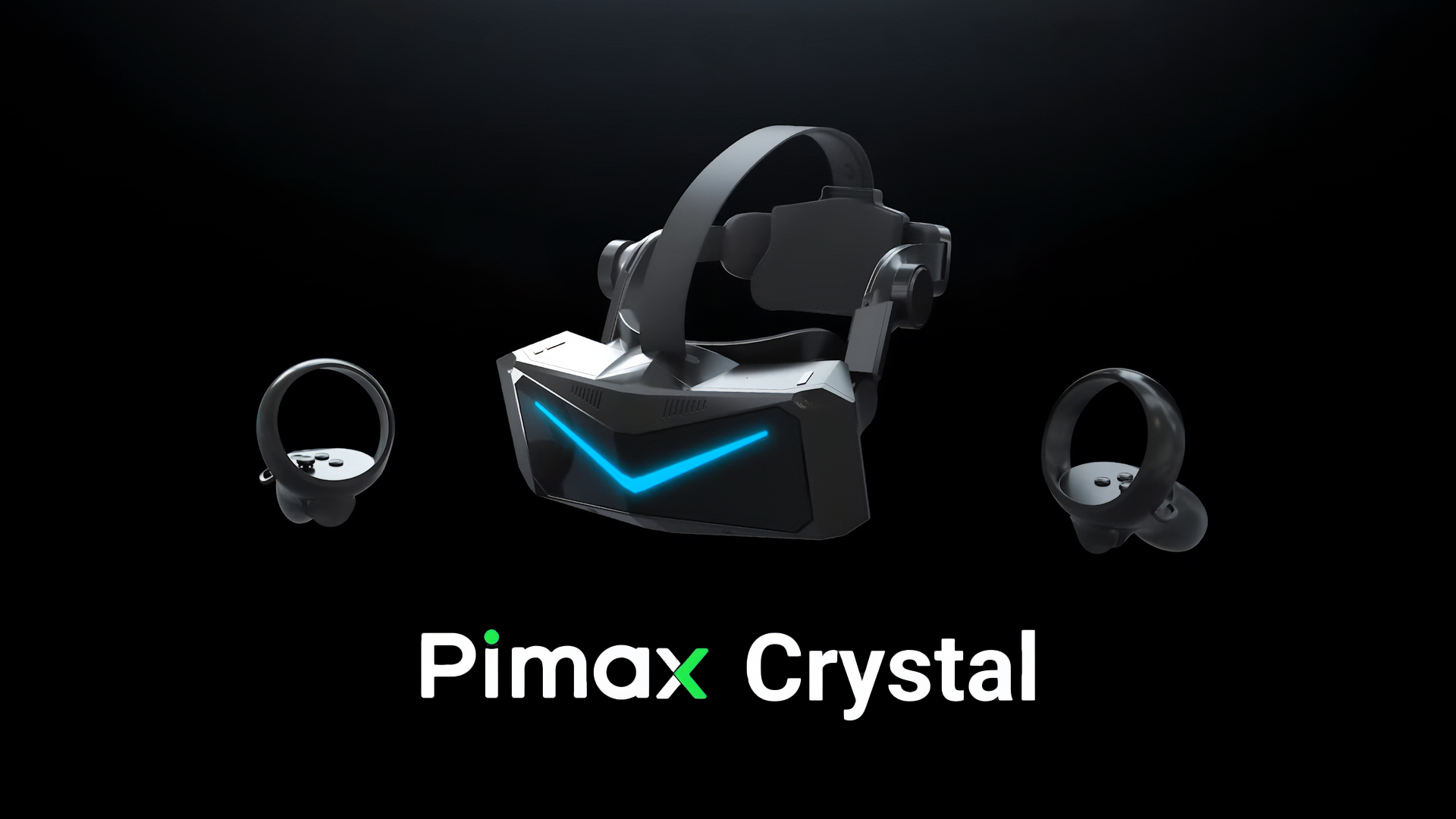Pimax has released a firmware update for Crystal that enables missing eye tracking functionality and standalone mode.
Pimax is a China-based startup best known for its 2017 Kickstarter campaign, a PC-based ultra-wide field of view VR headset project that laid the foundation for its multi-year product lineup. But its latest headset, Crystal, is different, focusing primarily on wireless capabilities and emphasizing maximizing angular resolution rather than ultra-wide fields of view.
The $1,600 Crystal features a 2880×2880 QD-LCD panel and Mini LED backlight, offering contrast levels close to OLED, albeit with some blooming issues.
Crystal began shipping in May, more than six months after Pimax was announced, but it launched without two key features: eye tracking and standalone mode.
The latest firmware update released today enables these features.
eye tracking
The Pimax Crystal's eye tracking is powered by Swedish company Tobii, using a 120Hz infrared camera inside the headset.
It drives your character's eyes in VRChat and is used to automatically adjust the headset's lens position horizontally to match your eye position. At the same time, it also supports frustum rendering.
Frustum rendering is a technique where only the area of the display where you are currently looking is rendered at full resolution to free up performance since the rest of the image is lower resolution. The freed-up GPU resources can be used to improve performance, increase the resolution of central frustum rendering, or improve graphics settings. This technique takes advantage of the fact that our eyes only see high resolution in the foveal area.
Pimax says its Pimax Client software can enable frustum rendering in almost any SteamVR game, as opposed to PlayStation VR2 and Quest Pro, where frustum rendering must be implemented by each app's developer. The company claims performance improvements ranging from 15% to 40% in different games.
Standalone mode
Pimax Crystal主要以无线PC VR头显为卖点,但在发布之前,公司还表示这将是它的第一个全面独立模式头显,可以从Pimax商店访问内容。它采用与Quest 2和PICO 4相同的Snapdragon XR2 Gen 1处理器。
The current public beta version already supports independent mode. The following eight apps are available on the store: Whirligig VR Media Player, X-Fitness, Pierhead Arcade 2, Labyrinth Trap VR, Z Show, Voxel Fly, Frog & Froggie, and OpenBrush based on TiltBrush source code.

Pimax said Hitstream, David Slade Mysteries: Case Files and First Person Tennis are coming soon.
Pimax still hopes to attract more large game developers to port their content, because the current product line is still far behind Meta Quest and PICO.




